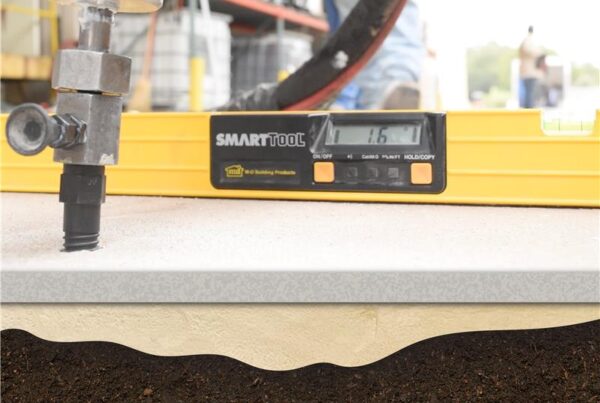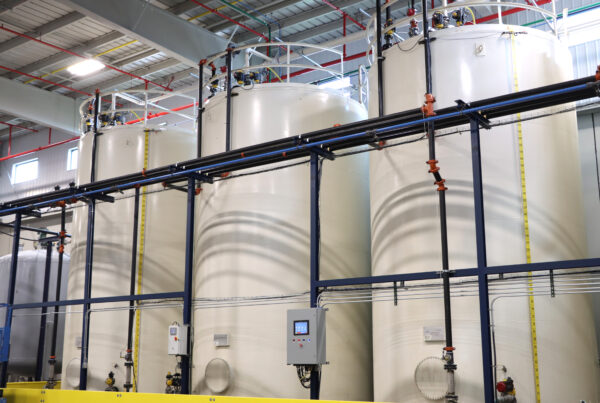What is the purpose of Trench Stops?
In your demanding role within the pipeline construction industry, managing surface water and preventing soil erosion around pipelines is a vital task. By efficiently managing surface water and warding off potential flooding, trench stops, also known as trench breakers, become an indispensable tool to ensure stability and safety in your pipeline installations.
Achieving this often involves filling the void around the pipeline, creating a steadfast barrier that staunchly halts water flow and soil migration. This is why trench plugs are so crucial; they help you collect and remove excess water from an area, contributing to a safer and more secure work environment.
In the past, you might have relied on traditional solutions such as sandbags or imported clay to serve as trench breakers. However, we acknowledge the growing need for more sustainable practices in your work.
At FSI, we are excited to share that a more eco-friendly alternative is gaining traction – the use of foam, specifically Spray Polyurethane Foam (SPF). This innovative solution aligns with your commitment to environmental stewardship while continuing to offer the performance and reliability you need in your pipeline installations.
The manufacturing process of foam trench breakers involves two primary components – isocyanate and polyol resin. When combined, they react to form SPF. This reaction is exothermic, meaning it releases heat, but no harmful gasses. The foam is sprayed into the trench where it expands to fill voids around exposed pipes, providing a cushioning effect and forming a durable, stable support.
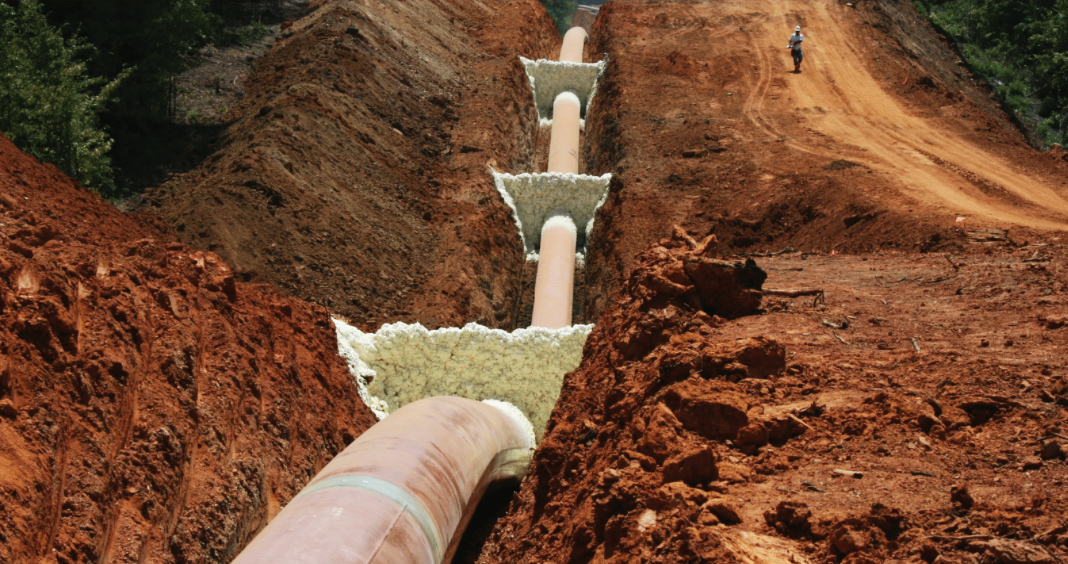
Why Foam Trench Breakers?
Foam trench breakers, particularly those made from SPF such as TrenchBreak from FSI, offer several environmental advantages over traditional methods:
Less Waste
When contrasted with traditional solutions like sandbags, foam trench plugs distinctly stand out in terms of waste reduction. The primary reason behind this is the resilient nature of Spray Polyurethane Foam (SPF). Once it is cured, SPF transforms into a stable, and strong material, efficiently withstanding the rigors of time and environment. This stability minimizes the need for constant replacement, thereby contributing to significant waste reduction.
In contrast to sandbags, which can break down and need to be replaced more frequently, the longevity of foam trench plugs helps to sustain a cleaner work environment. Furthermore, the reduced waste has a broader environmental implication. By minimizing the debris resulting from pipeline installations, we are not just ensuring cleaner worksites but also protecting our natural habitats from potential contamination. Therefore, the use of foam trench plugs is not just about improving construction practices, but also about fostering a healthier environment and more sustainable future.
Energy Efficient
The production and installation of foam trench breakers showcase a remarkable level of energy efficiency, setting them apart from traditional methods in pipeline construction. To start with, the manufacturing process of these foam solutions requires significantly less energy, thereby contributing to lower carbon emissions and promoting greener production practices. Moreover, foam trench breakers are markedly lighter, a feature that offers tangible benefits during transportation. The lighter weight results in decreased fuel consumption during transit, thus directly contributing to a reduction in overall greenhouse gas emissions. This is a crucial advantage in our current climate-conscious society.
Furthermore, the installation process of foam trench breakers simplifies the otherwise complex procedures in pipeline construction. There’s no need for heavy machinery or extensive man-hours in installing these trench plugs, both of which typically demand high energy input. Instead, the foam can be easily sprayed and molded into place, cutting down substantially on operational energy costs. The aggregate of these energy-saving attributes makes foam trench breakers a remarkably efficient solution, demonstrating that energy conservation and effective construction practices can go hand in hand.
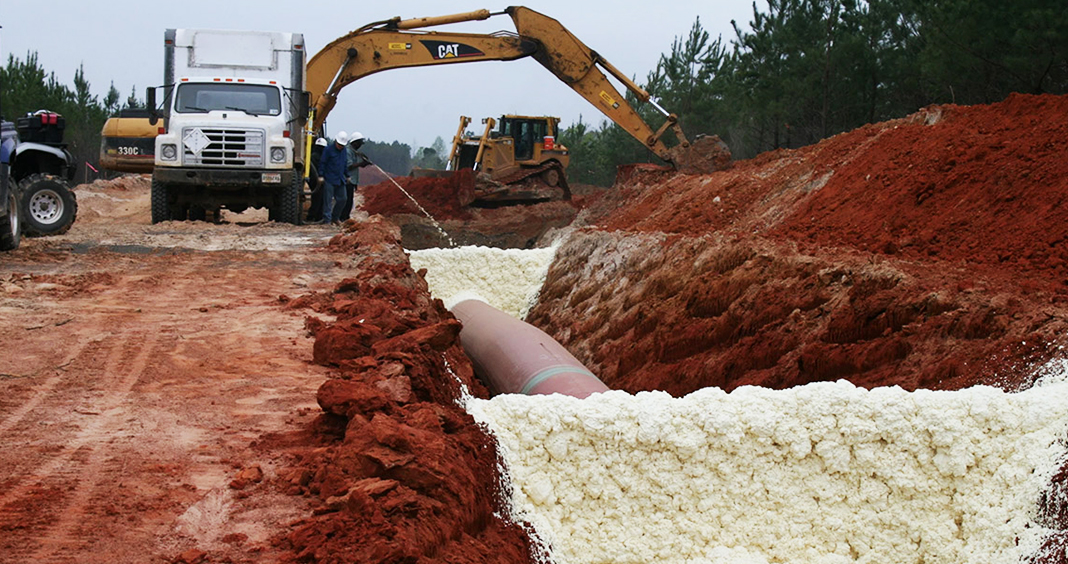
Safe for the Environment
Once cured, Spray Polyurethane Foam (SPF) becomes inert, providing a long-lasting and durable solution that won’t break down and release harmful substances into the environment. This quality makes it an eco-friendlier choice, especially relevant in today’s construction industry where sustainability is a key concern. Furthermore, its inert nature also contributes to the foam’s stability, playing a significant role in maintaining the integrity of pipeline installations and providing robust erosion control with foam trench breakers.
Recyclable
Expanded Polystyrene (EPS) geofoam blocks are made from recycled materials and can be reused multiple times, helping to reduce waste and conserve resources, further reducing their environmental impact.
Spray Polyurethane Foam (SPF), commonly used in foam trench breakers, plays a pivotal role in advocating environmental responsibility within the construction industry. Produced through a process that can incorporate recycled materials, SPF showcases an innovative approach to resource conservation. Even more impressively, SPF exhibits the ability to be recycled and reused, thereby effectively reducing waste and offering a sustainable solution in construction practices. This recyclability and reusability greatly diminish SPF’s environmental impact, promoting foam trench breakers as an environmentally conscientious choice in pipeline installations. In essence, the application of SPF in foam trench breakers represents a progressive leap towards more sustainable construction practices, propelling the industry towards a future defined by greater ecological responsibility.
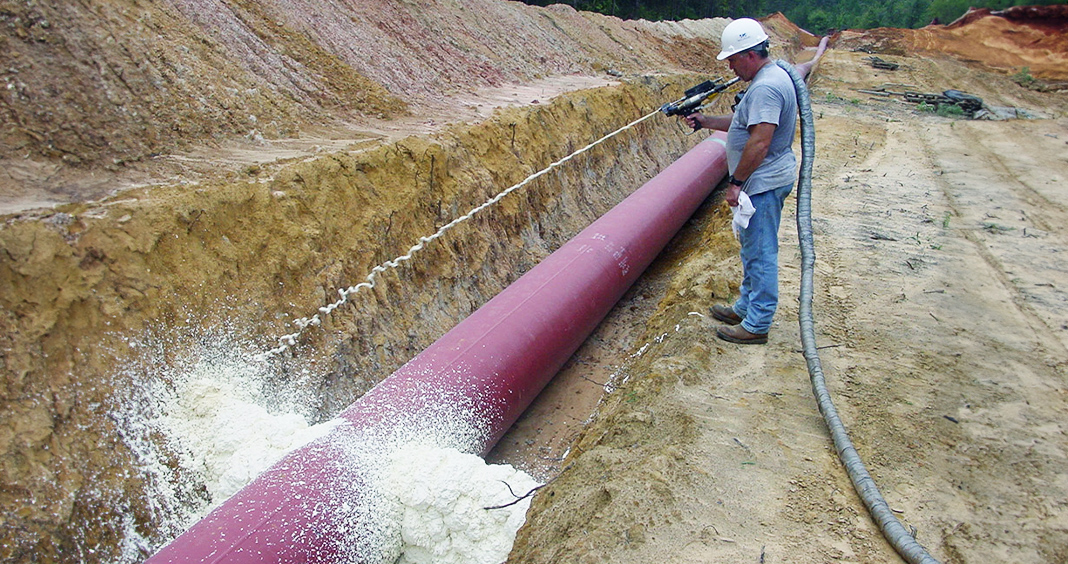
While foam trench breakers offer many benefits, there are some potential limitations. For instance, the initial cost of foam can be higher compared to traditional materials. Also, improper installation could lead to ineffective support. Therefore, it is vital to have trained professionals managing the installation.
The construction industry is ceaselessly advancing, persistently seeking strategies to enhance efficiency and curtail environmental consequences. In light of these objectives, foam trench breakers have surfaced as an advantageous and promising solution, offering an innovative alternative to trench plugs. Although they may not completely replace conventional materials, their multiple benefits make them an indispensable option.
As our drive towards sustainable construction practices amplifies, cutting-edge innovations such as foam trench breakers and trench plugs will unquestionably serve as pivotal components in our construction toolkit.

